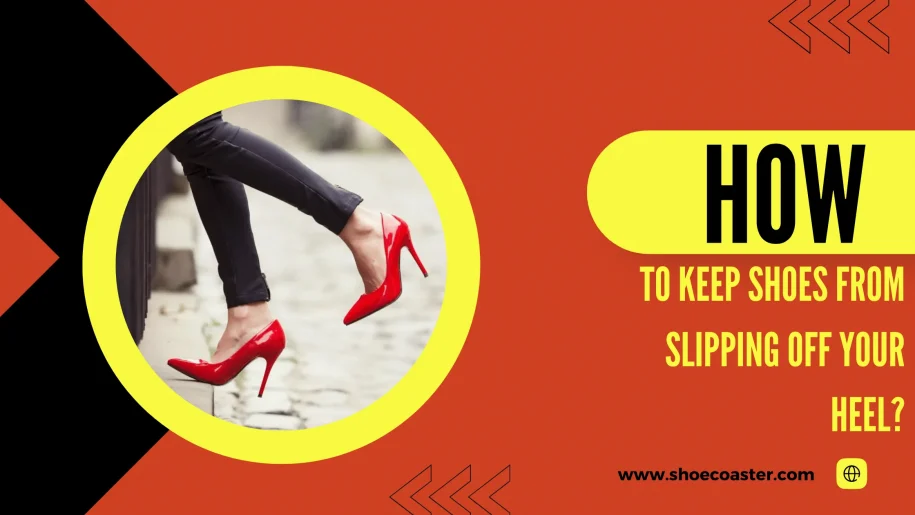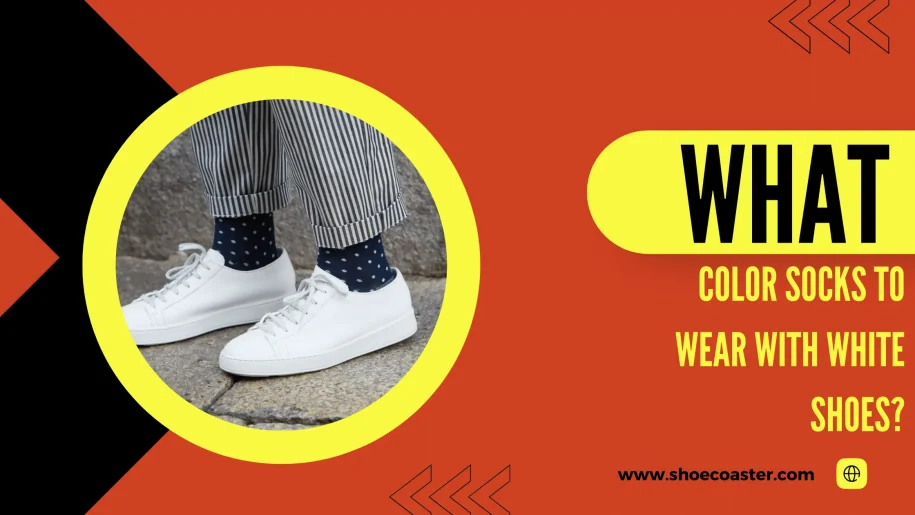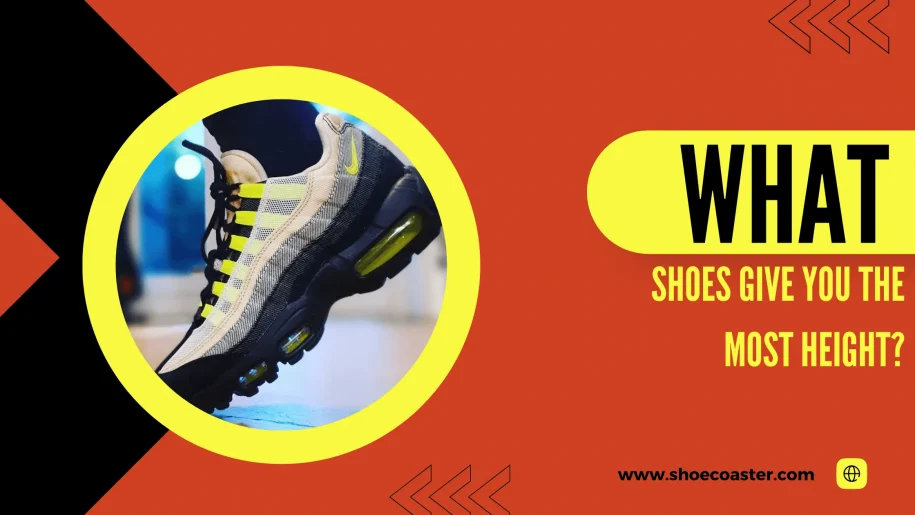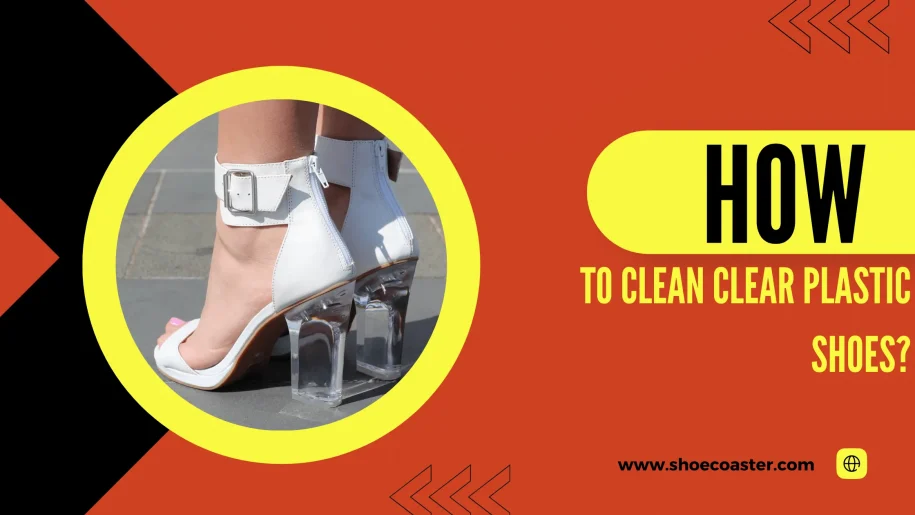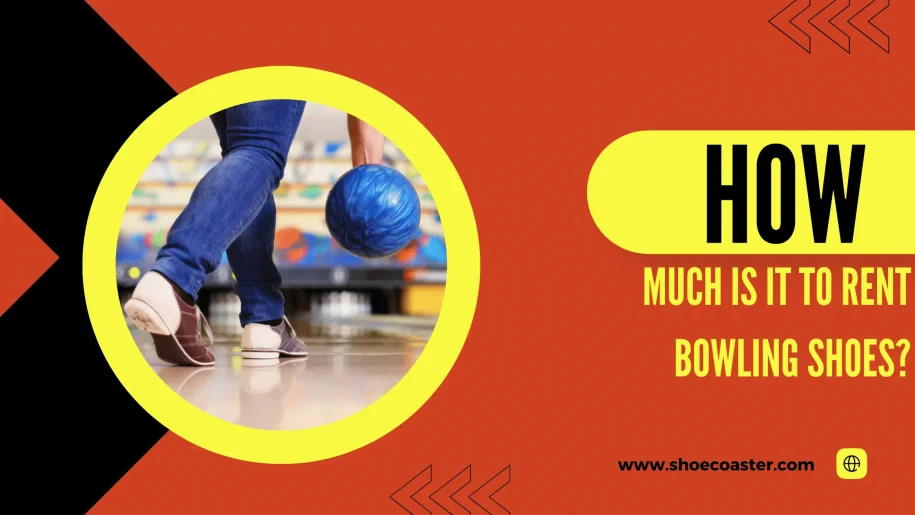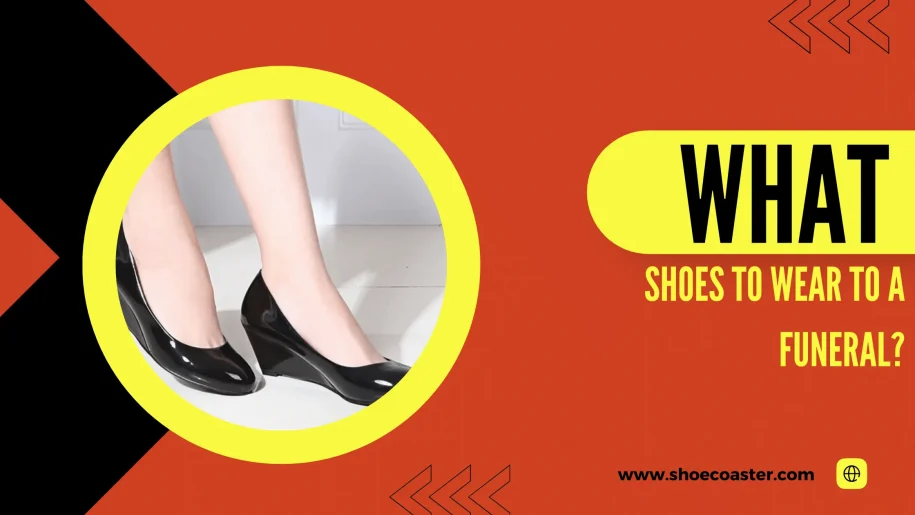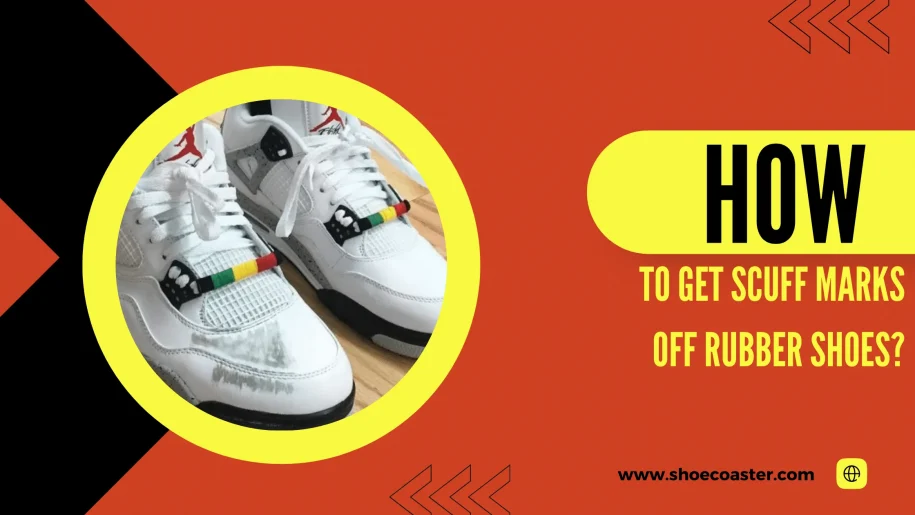If you’ve ever had your shoes slip off your heels while walking, you know how annoying it can be. Not only is it a pain to stoop down and put them back on, but it’s also embarrassing.
Luckily, there are a few different ways that you can keep your shoes from slipping off. Using double-sided tape or fashion glue on the inside heel of your shoe and a non-slip pad or liner, which can be easily inserted into the heel is the best method.
Here, there are some of the best tips for keeping your shoes firmly on your feet. Whether you’re looking for prevention or a cure, we’ve got you covered!
Different Methods to Keep Shoes From Slipping Off Your Heel:
Method 1: Double-sided Tape Or Fashion Glue
Double-sided tape works by creating a bond between two surfaces. The adhesive on the tape will adhere to both the surface of the shoe and the heel, creating a grip that will keep the shoe in place.
Steps:
-
To use double-sided tape to keep your shoes from slipping, simply place a strip of tape on the back of your heel.
-
Then, press the heel of your shoe into the adhesive to create a bond.
-
Repeat this process for each shoe you wish to keep in place.
Benefits Of Using Double-Sided Tape:
- There are several benefits of using double-sided tape to keep your shoes from slipping.
- Double-sided tape is easy to use and does not require any special skills or tools.
- This tape is relatively inexpensive and can be found at most stores that sell office supplies or home improvement products.
Drawbacks Of Using Double-Sided Tape:
- The adhesive on the tape may damage the surface of your shoes if it is not removed properly.
- If you have sensitive skin, the adhesive on the tape may cause irritation or allergic reactions.
Method 2: Non-slip Pads/Liners:
The use of non-slip pads or liners is another effective way to keep your shoes from slipping off. These products work by providing additional grip on the inside of the heel, creating friction and preventing slipping.
Steps:
-
Cut a strip of a non-slip material that is slightly shorter than the length of your foot.
-
Place the strip inside your shoe so that it covers the area from your heel to your toes.
-
Trim any excess material from the strip so that it fits snugly inside your shoe.
-
Wear your shoes as usual and enjoy the added grip!
Benefits Of Using Non-slip Pads/Liners:
- Non-slip pads and liners are easy to use and can be trimmed to fit any type of shoe.
- These products are also relatively inexpensive.
Drawbacks Of Using Non-slip Pads/Liners:
- Non-slip pads and liners may shift or move while wearing, potentially causing discomfort.
- These products may also wear down over time and need to be replaced frequently.
Method 3: Tightening The Strap Or Laces
If your shoes have a strap or laces, make sure they are tightened enough to provide some extra grip on your foot.
Benefits Of Tightening Straps Or Laces:
- This is a simple solution that does not require any additional products or materials.
- It may also improve the overall fit and comfort of your shoe.
Drawbacks Of Tightening Straps Or Laces:
- This method may not work for all types of shoes, such as slip-on or heels without straps or laces.
Method 4: Put Bandages Or Socks On Your Heels
Placing bandages or socks on your heels can provide extra grip to prevent slipping.
Steps:
-
Place a bandage or sock on the back of your heel, making sure it covers the entire area.
-
Wear your shoes as usual and enjoy the added grip!
Benefits Of Using Bandages Or Socks:
- This is a simple and inexpensive solution that can be easily done at home.
- Bandages and socks can also provide added cushioning for your heels.
Drawbacks Of Using Bandages Or Socks:
- The bandage or sock may shift while wearing, potentially causing discomfort.
- This method may not work for open-toed heels or sandals.
Causes of Shoe Slippage:
There are several reasons why shoes may slip off, including:
1. Worn-Down Soles Or Heels:
The soles or heels of your shoes may have worn down, causing them to lack the grip necessary to stay in place. It is important to regularly check the soles and heels of your shoes and replace them if necessary.
2. Ill-Fitting Shoes:
Shoes that do not fit properly can cause slipping, as they may not provide enough grip or support on the feet. It is important to try on shoes before purchasing and make sure they fit comfortably and securely.
3. Sweaty Feet:
Sweat can make your feet slippery, causing them to slip inside your shoes. To prevent this, wear socks made from materials that wick away moisture and keep your feet dry.
Conclusion:
So, now that you have some solutions for preventing shoe slippage, there is no need to suffer from slippery shoes any longer! Remember to regularly check the soles and heels of your shoes for wear and tear so that they can provide the proper grip. And, always make sure your shoes fit comfortably and securely to prevent slipping.
Frequently Asked Questions
What Is a Heel Lock?
A heel lock is a method of preventing shoe slippage where the laces or straps are tightened around the heel to provide extra grip.
Can Using Non-Slip Pads or Liners Damage My Shoes?
No, as long as they are properly trimmed and placed inside the shoe, non-slip pads and liners should not damage the shoes. However, it is important to regularly check them.
Can I Use Non-Slip Pads or Liners in All Types of Shoes?
Non-slip pads and liners may not work for open-toed shoes or sandals, as they need to be placed inside the shoe. However, they can still be used in closed-toe shoes, such as sneakers or loafers.
